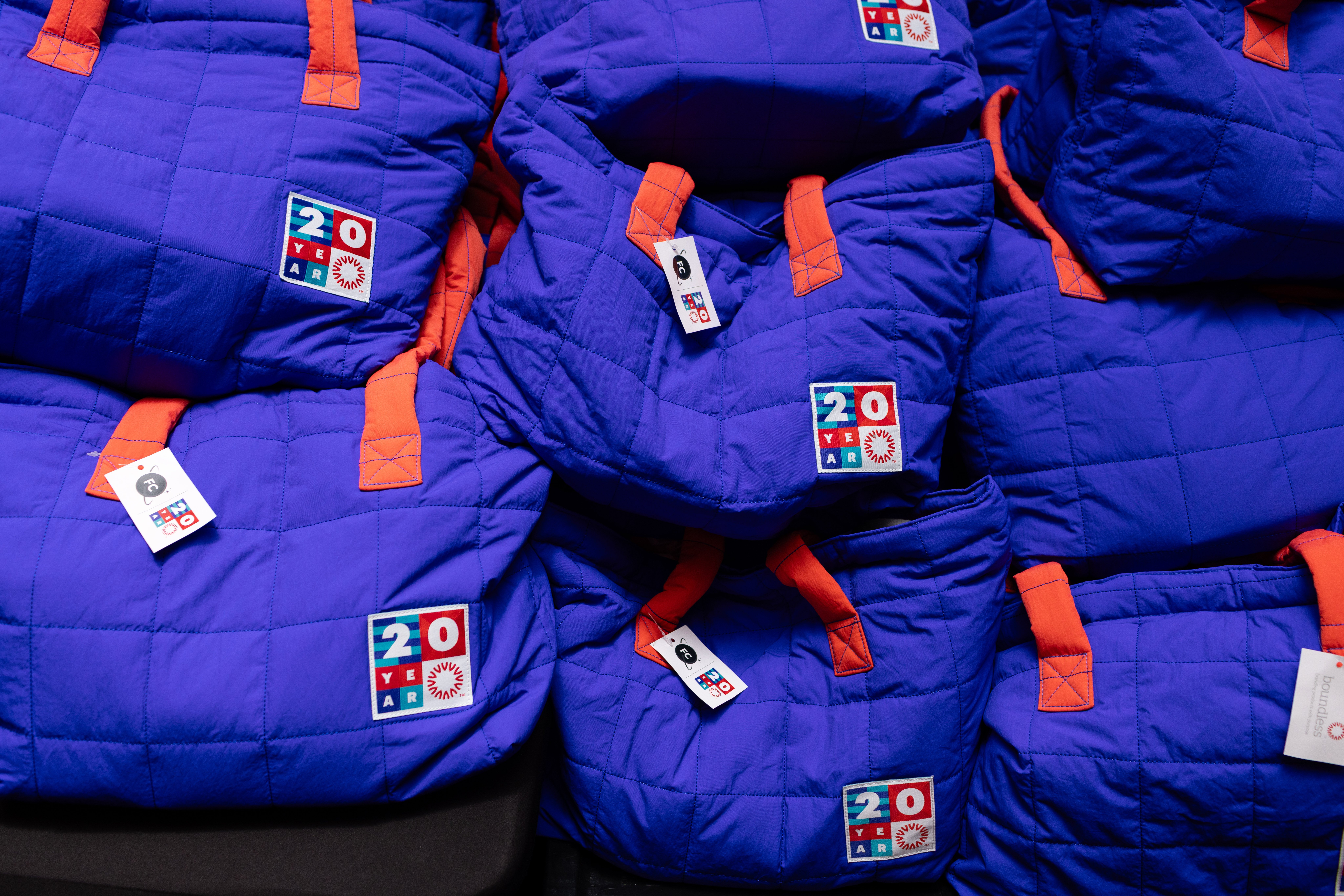4 Key Takeaways From The 2018 Product Responsibility Summit
… Except now picture that your bike’s front tire is flat.
… And the handlebars are loose.
… And the seat is gone.
… And the the back wheel is on fire.
This metaphor is a running joke among those in Compliance, one that received a hearty response of convivial laughter when distributors, suppliers, and other industry professionals came together for the annual Product Responsibility Summit. We were able to laugh at this seemingly grim metaphor simply because we’re all on the same boat (or bike), facing the same challenges. Like maintaining not only compliance, but also product safety and responsible sourcing – all while offering creative product support, competitive pricing, and quick production timelines.
All jokes aside, a committed group of 170 professionals participated in two and half days of education around more serious topics at the 2018 summit event in September. Sessions ranged from changing federal and state regulations, age-grading, and factory auditing all the way to the more unconventional topics of the ‘internet of things’ and product misuse on social media (we’re looking at you, Tide Pods).
Throughout the expert-led sessions, educational panels, round-table discussions, and networking that took place over the course of the Summit, some key themes continued to crop up around the nature of Corporate Social Responsibility, Product Safety, and the unique challenges that occur for those of us in the space. There was a myriad of information provided throughout the Summit, but from all of the talks and discussions there were definitely some key themes and takeaways that emerged.

KEY TAKEAWAYS
Transparency and CSR aren’t going anywhere.
Today’s technology offers unprecedented access to sharing platforms and information, which has driven corporate social responsibility (CSR) and supply chain transparency from being solely internal procurement initiatives to now being part of global consumer expectations. Consumers over time have become significantly less likely to be confused by CSR messages – 65% of consumers reported confusion in 2011, while only 52% reported the same in 2017 (Cone Communications).
This trend reinforces that your (and my) customers are growing increasingly savvy and are capable of not only engaging in thoughtful dialogue, but also are being critical of a brand whose efforts are inauthentic or fall short. In an age where every person with a smartphone has the authority to share their view of a brand (and the platform to do so), brand image is no longer dictated by the CMO office. Instead, it changes continuously based on real-time conversations between customers, employees, media, and the general public.** Smartphones certainly aren’t going anywhere, so you can bank on open communication among consumers to stick around for the foreseeable future.
One size fits… most.
While a universal compliance standard is the stuff dreams are made of, the fact remains that every company has different goals or pain points that they work with to keep their consumers safe and happy. For example, a company in the food and beverage industry has an additional layer of concern around product quality and safety because any promotional products they distribute are being delivered alongside food. This means more stringent manufacturing processes, more frequent factory audits, and very specific guidelines on materials used and packaging requirements – above and beyond what is already considered ‘safe’ and ‘compliant.’
While we and our supply chain can operate along some baseline requirements – safe products, no forced or child labor, fair compensation, safe workplaces, etc – there is not a global standard that meets the unique needs of every brand. This is one reason why Boundless offers tailored solutions, weaving our client’s requirements for product safety and supply chain together with our hallmark technological and creative support on every program.
Just keep pedaling.
CSR and Compliance programs don’t just exist once they’re established, just like you can’t balance upright on a bike that isn’t moving. To keep our bike upright, we have to push for continuous advancement, both internally and in our industry. The market is subject to many outside influences and is constantly evolving. As the market evolves, so too does the sourcing of materials, manufacturing, product offering, production timelines – all of which changes the landscape of the supply chain and product quality. Beyond this fluidity and fluctuation in the market, there is also a significant consumer expectation that businesses make progress a priority. In fact, according to a CSR study, “four in five Americans expect businesses to continue improving their CSR efforts, and more than three in five are hopeful businesses will take the lead to drive social and environmental change moving forward.” In the age of transparency you either have to keep pedaling, or get left behind by your customers.
We’re better together.
This key point is short and sweet, serving as a unifying theme throughout the event. Suppliers, manufacturers, distributors, clients, and regulatory organizations can’t operate in a vacuum. Instead, we should learn from each other and work together to communicate challenges, address pain points, and move the industry towards achieving a safe, compliant, and quality product and supply chain.





Comments (0)